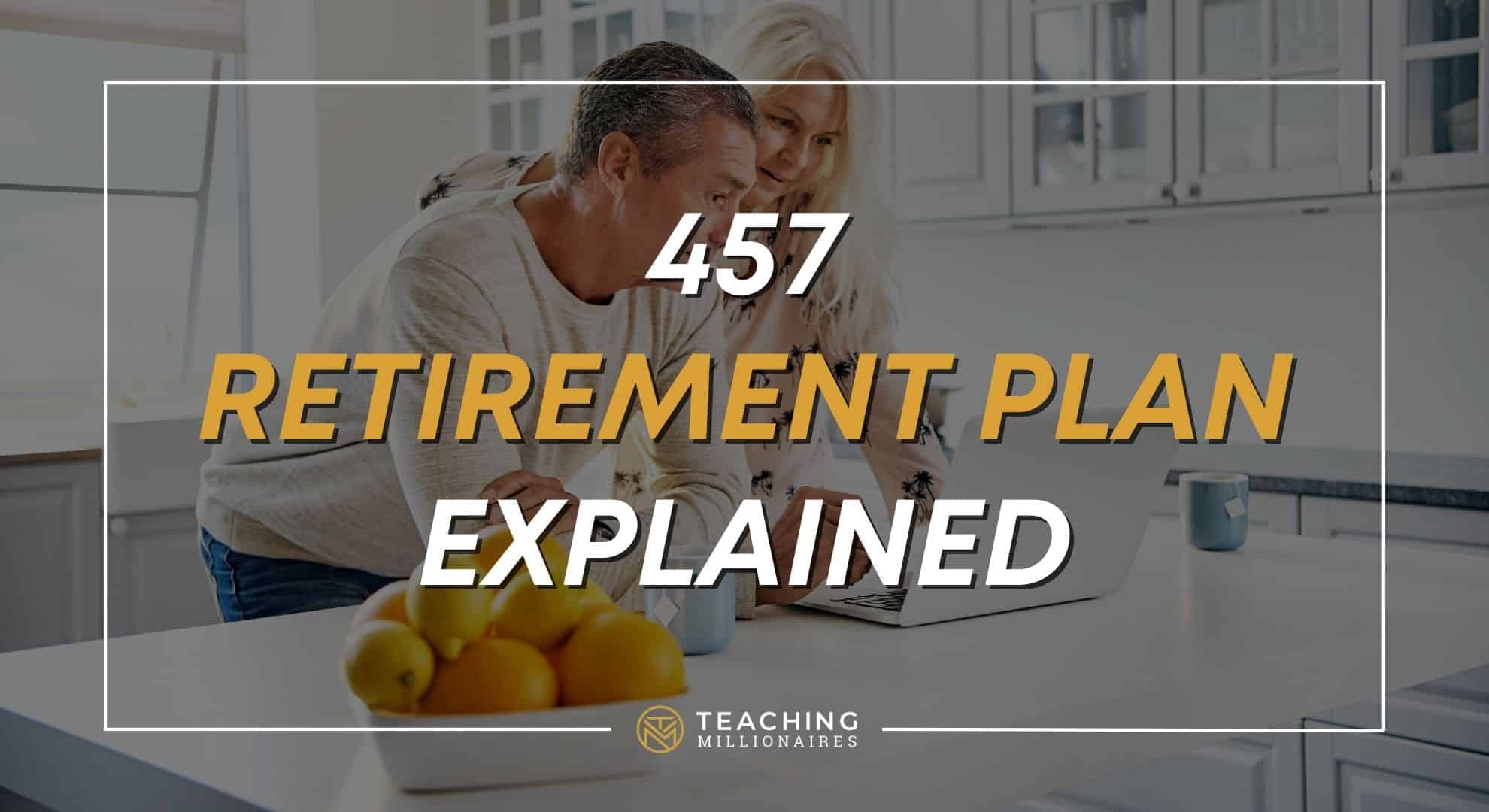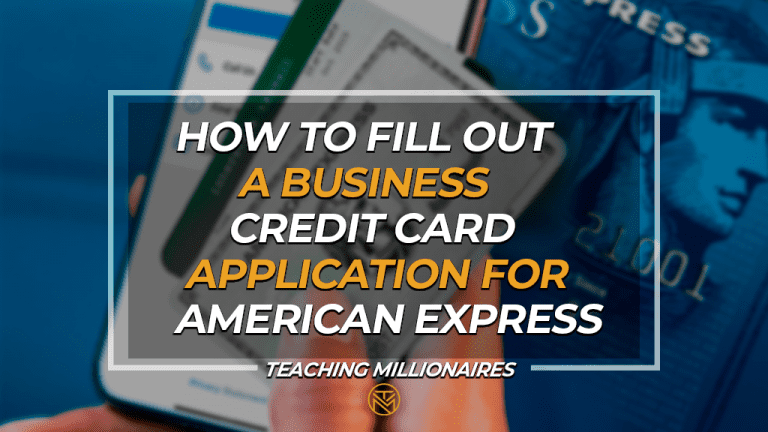457 Retirement Plan—EXPLAINED

Here’s a breakdown of the 457b retirement plan – and how it can help employees of state and local governmental agencies save and invest for retirement.
“TeachingMillionaires.com has partnered with CardRatings for our coverage of credit card products. TeachingMillionaires.com and CardRatings may receive a commission from card issuers. Opinions, reviews, analyses & recommendations are the author’s alone, and have not been reviewed, endorsed or approved by any of these entities.”
What’s a 457 Retirement Plan?
If you haven’t heard of a 457b retirement plan, don’t let all the numbers and letters confuse you. It works basically like a 401k in the business world or a 403b in the public sector.
457 retirement plans are available to people in state or local government agencies. For example, teachers, police officers, firefighters, and nurses usually have access to 457b plans.
A quality state-based 457 plan allows you to contribute money towards your retirement often with very low fees. But that’s not even the best part – you’re allowed to access the money without penalty at any age so long as you separate service, which means you stop working and leave your job.
This is like a superpower that most employees don’t have! Think about it, there are usually penalties for accessing retirement accounts before the age of 59 ½, but that’s not the case with a 457 retirement plan. Check with your own plan to be sure, but most allow you to access funds when you stop working and separate service.

What About My Pension and Social Security?
Some of you might be thinking that you can just rely on a pension or Social Security, but some states don’t offer pensions, and not all states offer Social Security.
Another thing to consider is how long it takes to get full pension benefits. If you find yourself in the public sector, you often have to work 30-40 years before you hit the maximum pension age.
Does the prospect of retiring before your sixties sound interesting to you? If so, let’s dig into some of the really interesting features of a 457b retirement plan.
How Does a 457 Work If I Already Have a 403b?
Many have heard of a 403b retirement account, and some people actually have access to both a 403b and a 457. If that’s the case for you, and you’re an ambitious saver, then you’re allowed to contribute to both accounts up to the IRS maximum for that current year.
Currently, the maximum contribution limit for both the 403b and 457 retirement plans is $19,500. That limit often increases every few years. Hypothetically, if you max out both accounts, you could save close to $40,000 a year towards your retirement! That’s not going to be easy to accomplish or pull off, but it might be something worth investigating during those final few years of working.

Are There Special Catch-Up Contributions for the 457?
Speaking of those final few years, some 457 plans offer two different types of special catch-up contributions. The first is an age 50 catch-up, meaning that anyone age 50 or older can contribute additional money. That amount is up to $6,500 right now.
The second catch-up contribution allows you to contribute double the current IRS limit for your final three years of work before you retire. You heard that right! Some 457 plans let you contribution two times the maximum contribution limit those final three years before you retire.
Again, hypothetically, you could be maxing out double contributions in a 457 retirement plan and maxing out a 403b for those final three years of work. If this sounds crazy, I’m right there with you. Still, there are teachers in states like California or New York making enough in their final few years of service to save such an enormous amount of money. Be sure to check your 457 plan to see if it offers both types of special catch-up contributions.
Are 457 Contributions Pre-Tax or Roth?
Many plans are now offering both pre-tax and Roth contributions. You can choose either or both ways to make your 457 contributions.
Pre-tax contributions are going to lower your federal tax liability in the current year you contribute. This means the money comes out of your paycheck pre-tax and that lowers your tax bill that year.
What’s super interesting to me is the idea of Roth contributions. Yes, you pay taxes on the money right now. However, they grow tax-free and when you take them out, you don’t owe any taxes on those withdraws. Basically, you pay the taxes upfront, then it can grow over a long period of time, and you never pay taxes on it again.
Also, new as of 2020, if you’re still working past the age of 59 ½, you are eligible to take withdrawals from your 457 retirement plan penalty free. That could be pre-tax or Roth – it doesn’t matter.
This is only a general overview of the 457b retirement plan.
Some plans have different rules. For example, things can work a little differently if you’re an employee for a nonprofit organization. Also, there are ways to access 457 funds for unforeseen emergencies and in cases of divorce or death, but I didn’t want to go down those rabbit holes today.
As always, I’m Rich and until next time.
Listen to Teacher Millionaires Podcast
“TeachingMillionaires.com has partnered with CardRatings for our coverage of credit card products. TeachingMillionaires.com and CardRatings may receive a commission from card issuers. Opinions, reviews, analyses & recommendations are the author’s alone, and have not been reviewed, endorsed or approved by any of these entities. Responses are not provided or commissioned by the bank advertiser. Responses have not been reviewed, approved or otherwise endorsed by the bank advertiser. It is not the bank advertiser’s responsibility to ensure all posts and/or questions are answered. I am not a financial advisor. The information I share is for educational purposes only and shouldn’t be considered as certified financial or legal advice. It is imperative you conduct your own research. I am sharing my opinion only.”







One Comment